The main dominant feature of the new MacBook Pros is undoubtedly their rocket performance. This is taken care of by the M1 Pro and M1 Max chips, which are the first professional efforts from the Apple Silicon family, which move forward in both CPU and GPU areas. Of course, that's not the only change in these new laptops. It continues to boast a Mini LED display with ProMotion technology and up to a 120Hz refresh rate, the return of some ports, the possibility of fast charging and the like. But let's get back to the performance itself. How do the new chips fare in benchmark tests against competition in the form of Intel processors and AMD Radeon graphics cards?
It could be interest you
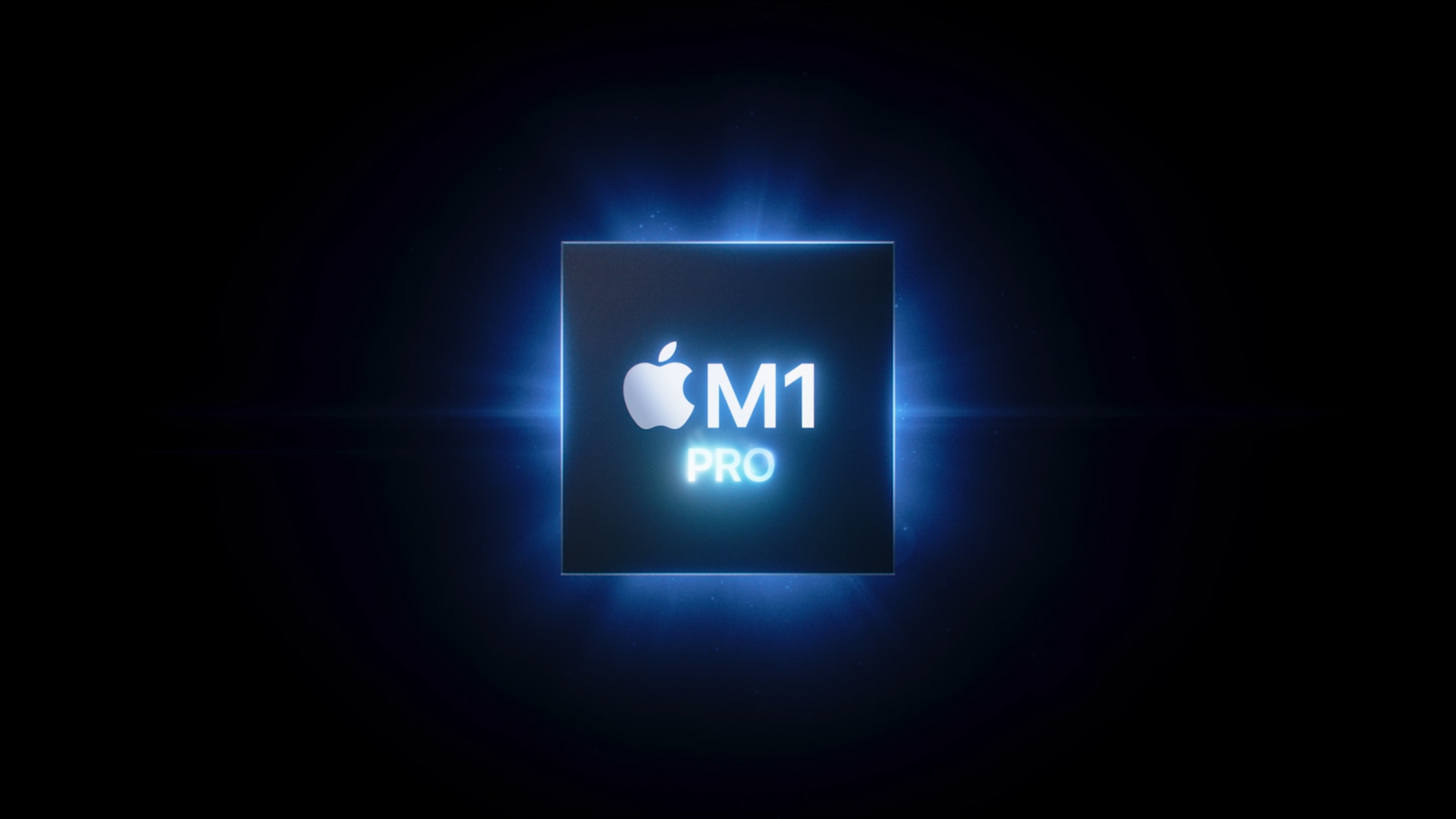
Benchmark test results
Quick answers to these questions are provided by the Geekbench service, which can perform benchmark tests on the devices and then serves to share their results. At the moment, in the database of the application, you can find the results of MacBook Pro with M1 Max chip with 10-core CPU. IN this processor test the M1 Max scored 1779 points in the single-core test and 12668 points in the multi-core test. Taking these values into account, the new most powerful Apple Silicon chip noticeably outperforms all processors used in Macs so far, with the exception of the Mac Pro and selected iMacs, which are equipped with high-end Intel Xeon CPUs with 16 to 24 cores. In terms of multi-core performance, the M1 Max is comparable to the 2019 Mac Pro with a 12-core Intel Xeon W-3235 processor. However, it should be noted that the Mac Pro in this configuration costs at least 195 crowns, and it is a significantly larger device.
The M1 Max chip, the most powerful of the Apple Silicon family to date:
Let's give some more examples for a better comparison. For example, the previous generation 16″ MacBook Pro with the Intel Core i9-9880H processor in the test, it scored 1140 points for one core and 6786 points for multiple cores. At the same time, it is appropriate to mention the values of the very first Apple Silicon chip, the M1, specifically in the case of last year's chip 13″ MacBook Pro. It scored 1741 points and 7718 points respectively, which even by itself managed to beat the aforementioned 16″ model with an Intel Core i9 processor.

Of course, graphic performance is just as important. After all, we can already find some more detailed information about this in Geekbench 5, in whose database they are located Metal test results. According to the website, the test was run on a device with the best possible M1 Max chip with 64 GB of unified memory, when it scored 68870 points. Compared to the AMD Radeon Pro 5300M graphics card found in the previous generation Intel-based entry-level 16″ MacBook Pro, the new chip offers 181% more graphics performance. The AMD 5300M GPU scored only 24461 points in the Metal test. When compared to the best possible graphics card, which is the AMD Radeon Pro 5600M, the M1 Max offers 62% more performance. Thanks to this, the new product can be compared with, for example, the now unavailable iMac Pro with an AMD Radeon Pro Vega 56 card.
What is the reality?
The question remains how it will be in reality. Already with the arrival of the first Apple Silicon chip, specifically the M1, Apple showed us all that there is no point in underestimating it in this regard. It can therefore be easily counted on that the M1 Pro and M1 Max chips really live up to their name and offer first-class performance in combination with low energy consumption. We will still have to wait for more detailed information until the laptops arrive in the hands of the first lucky ones.
It could be interest you

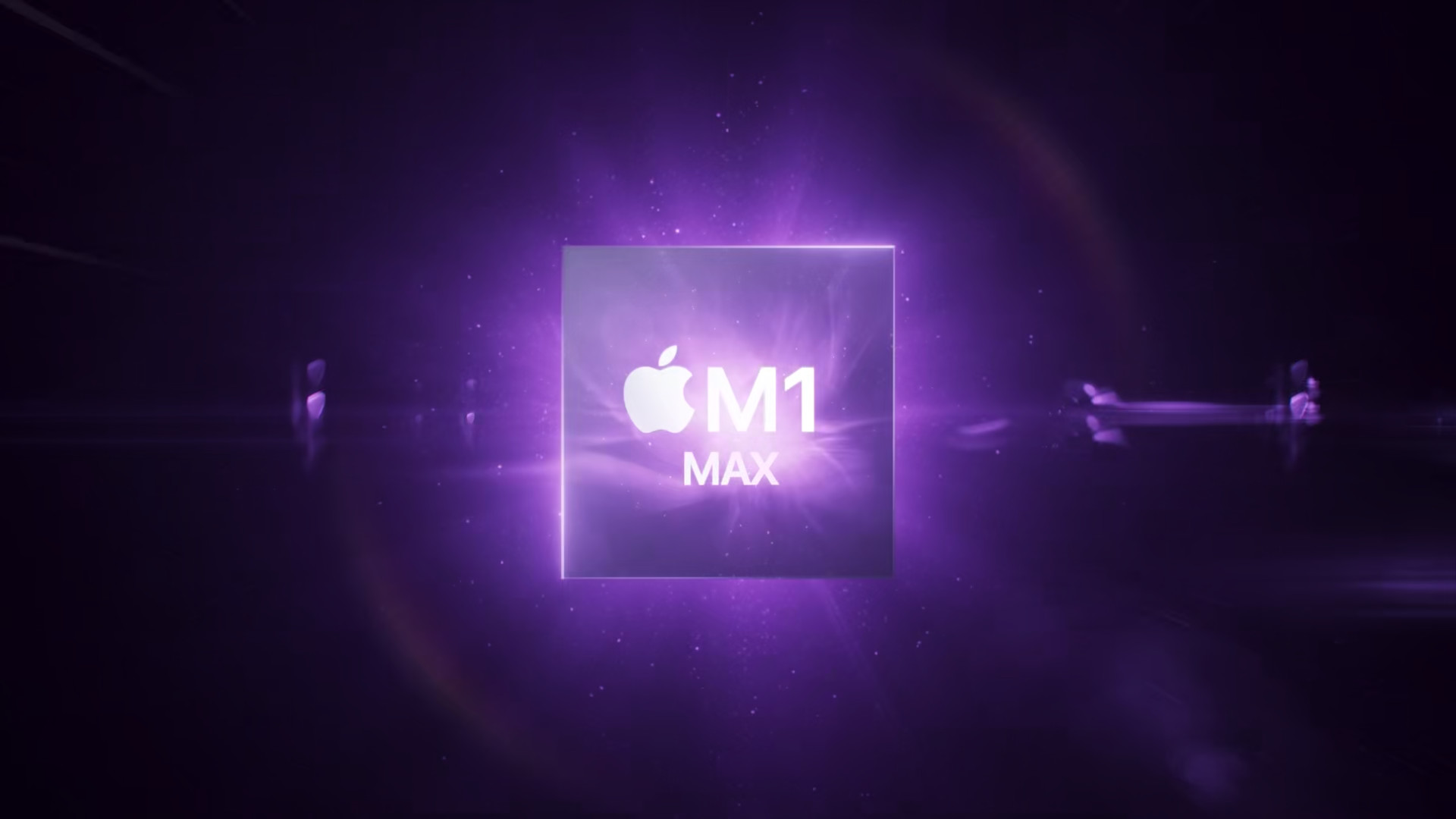
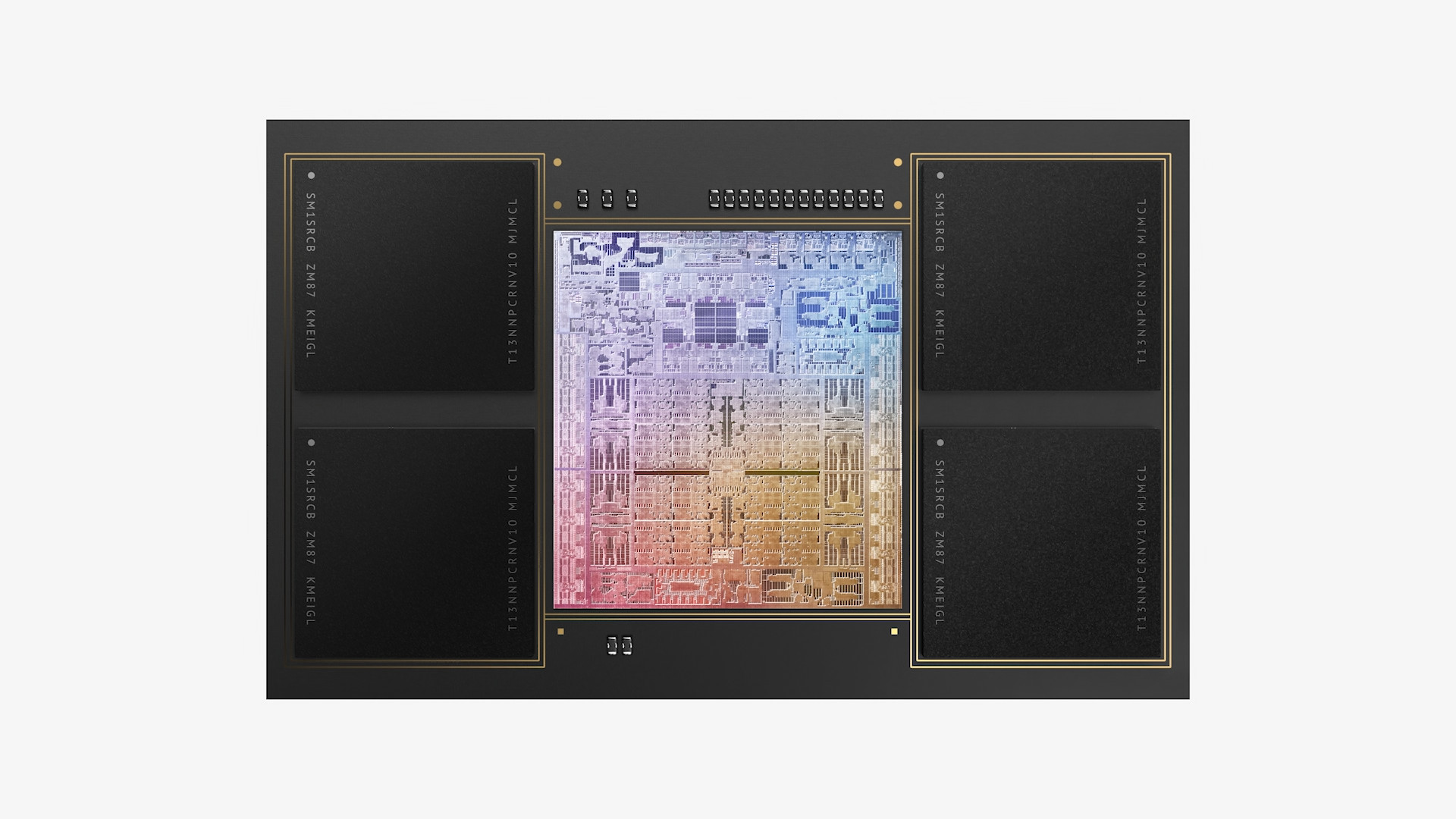
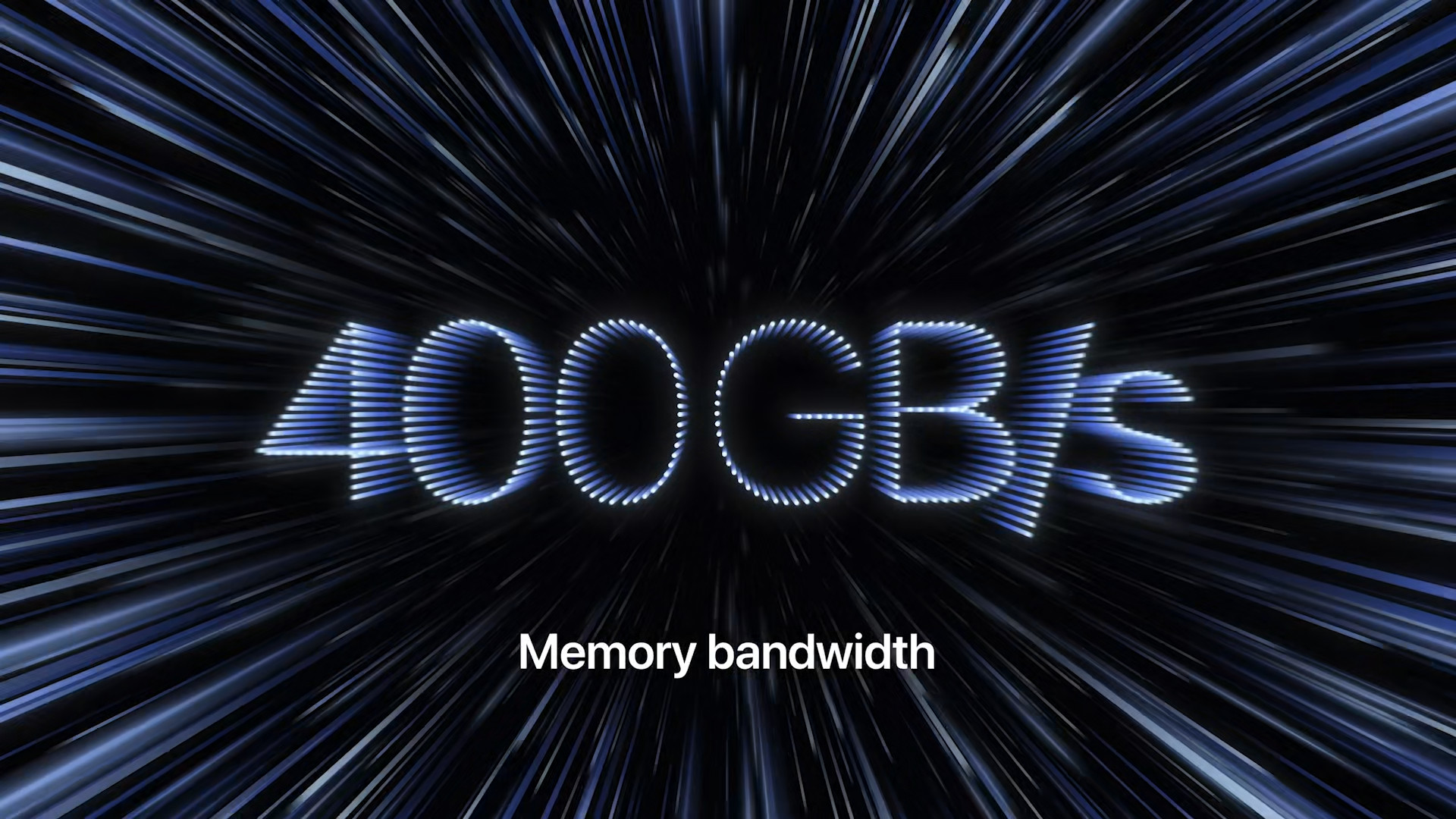
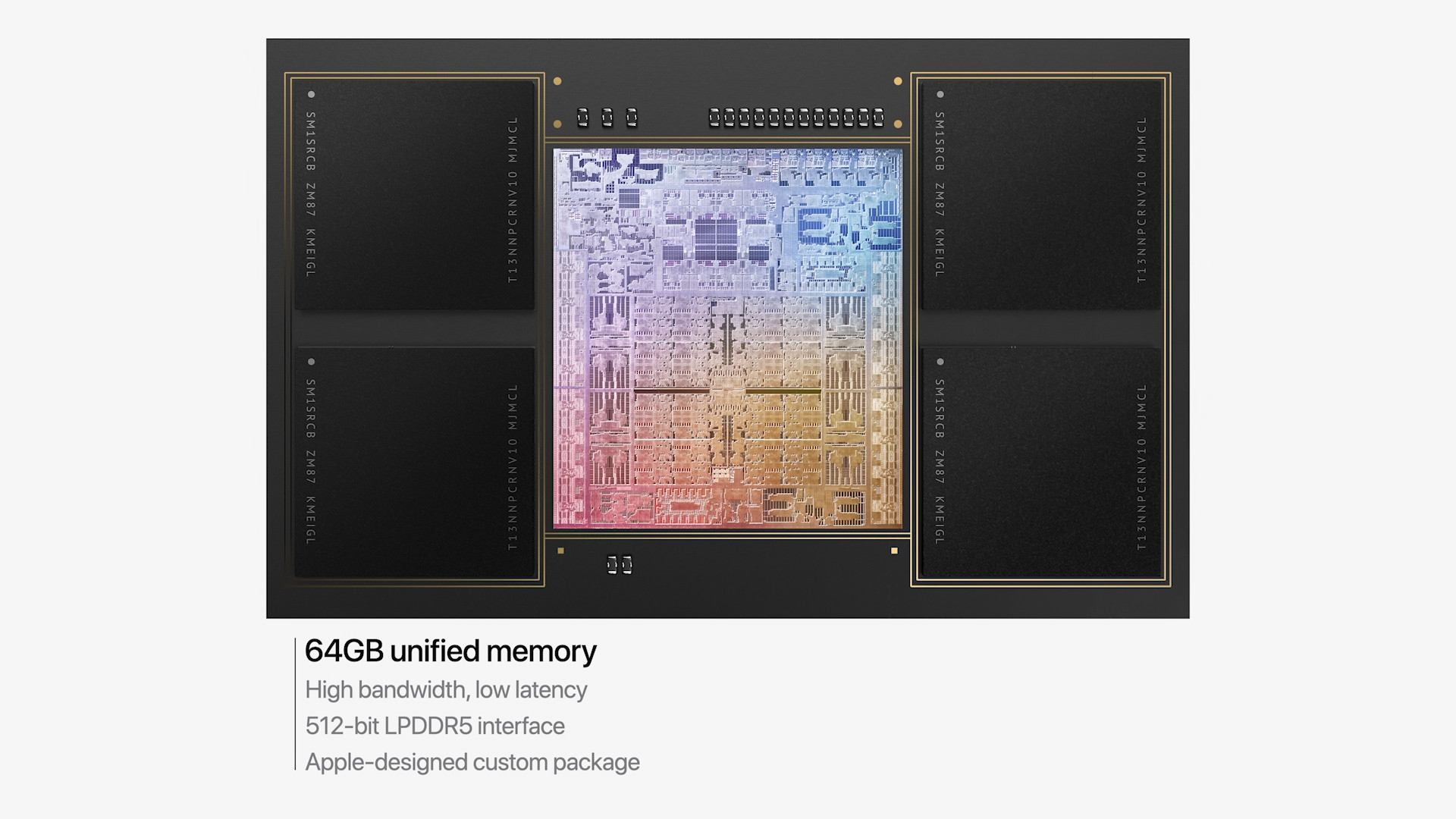

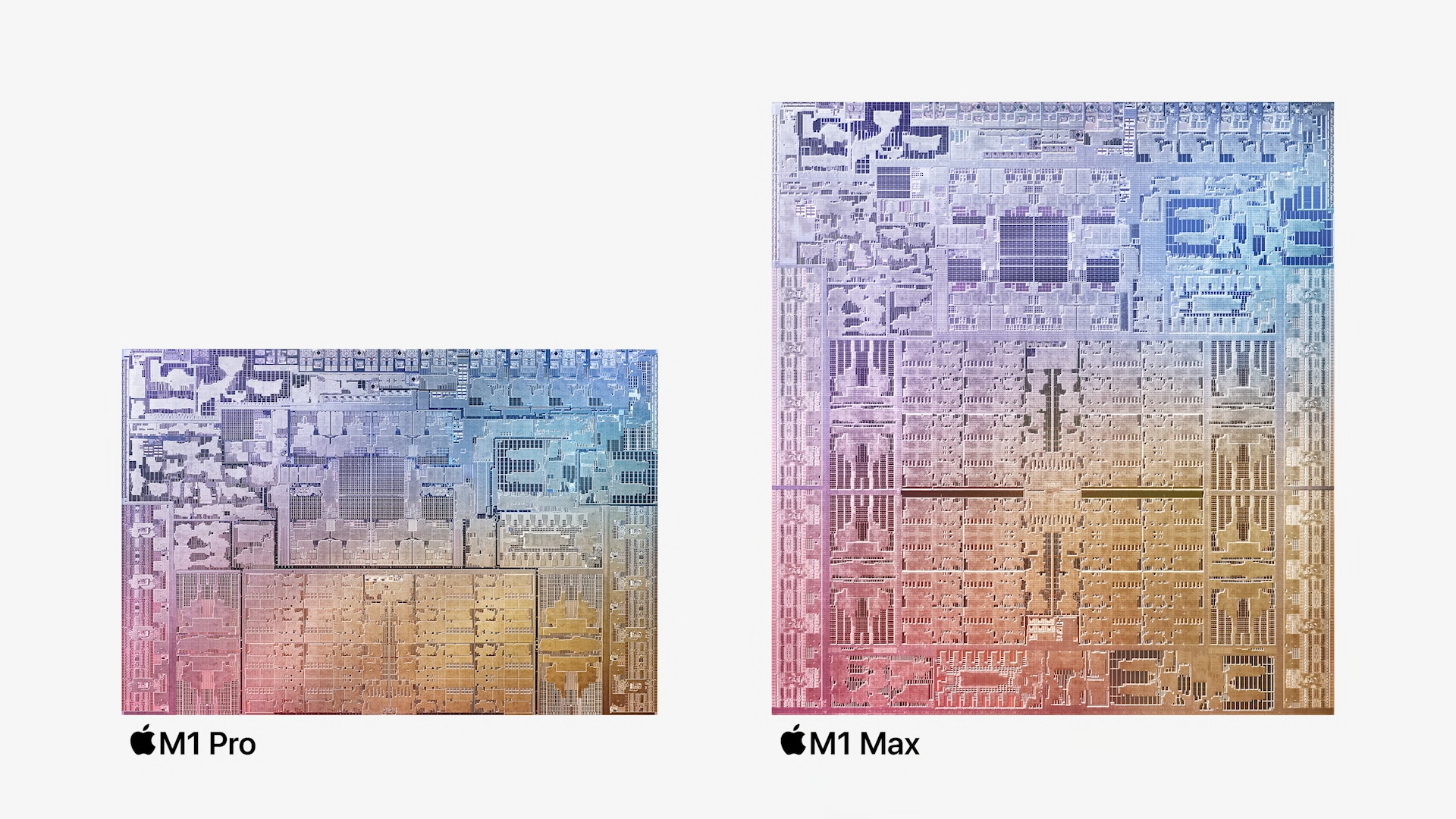
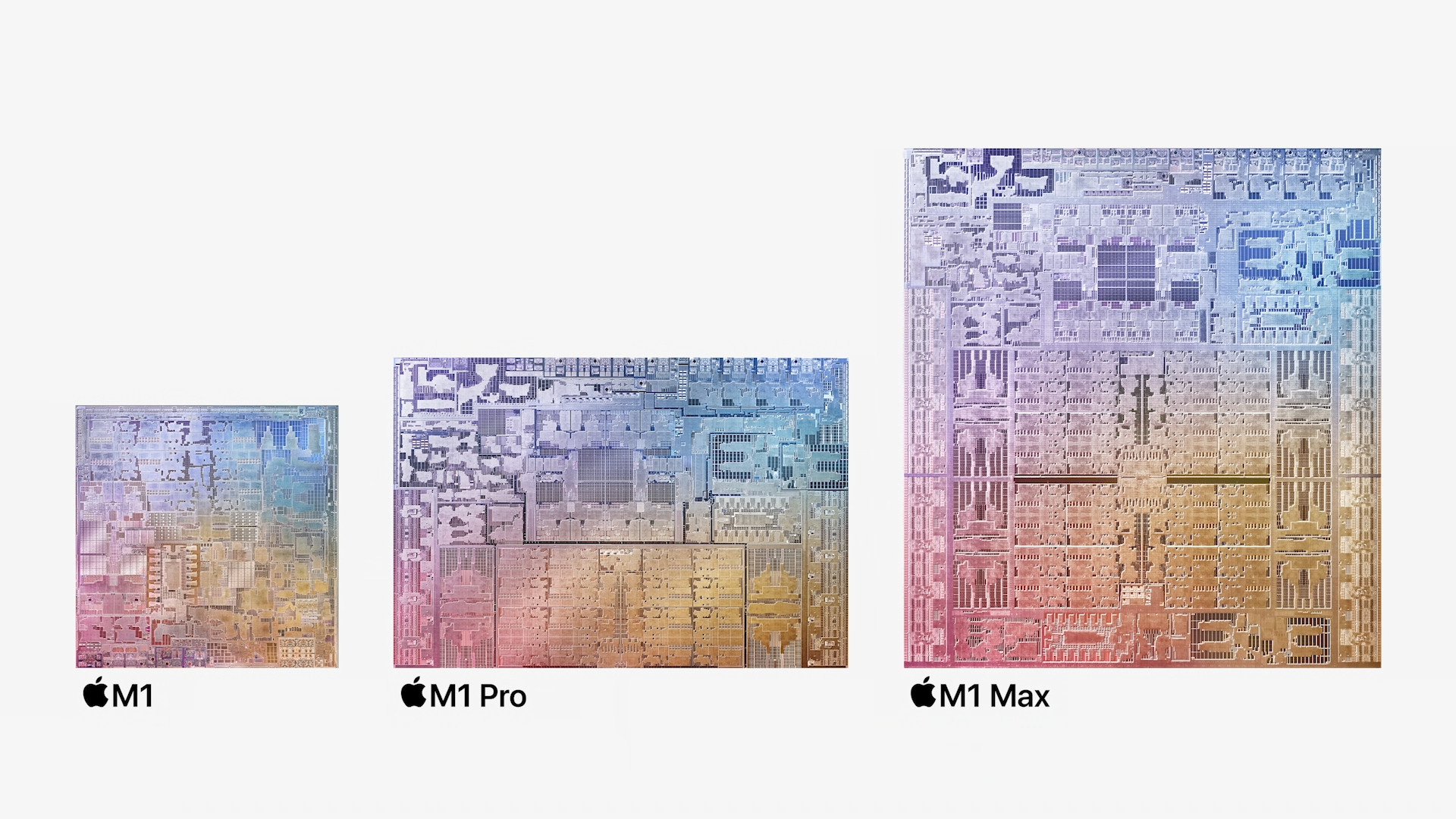
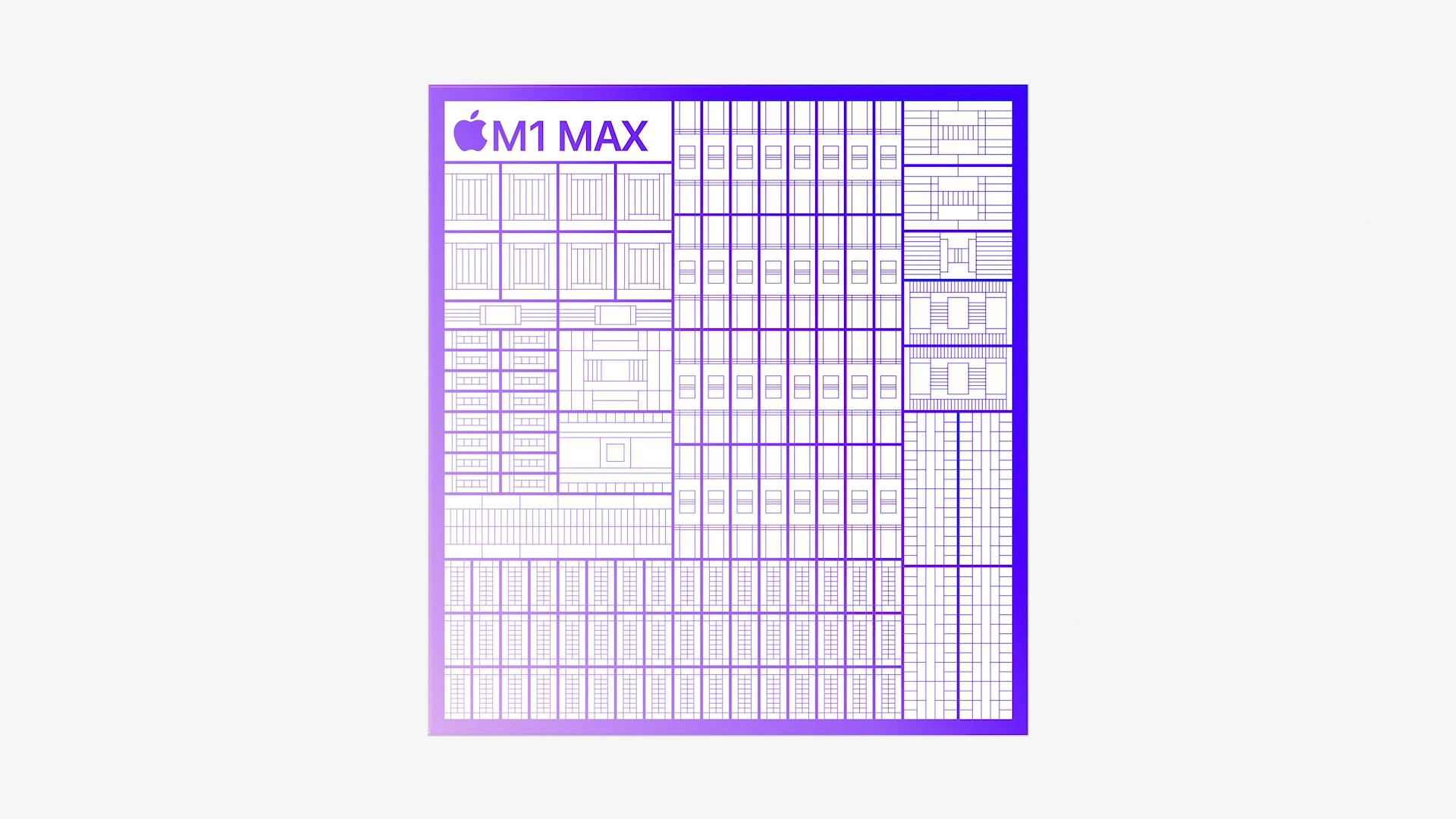
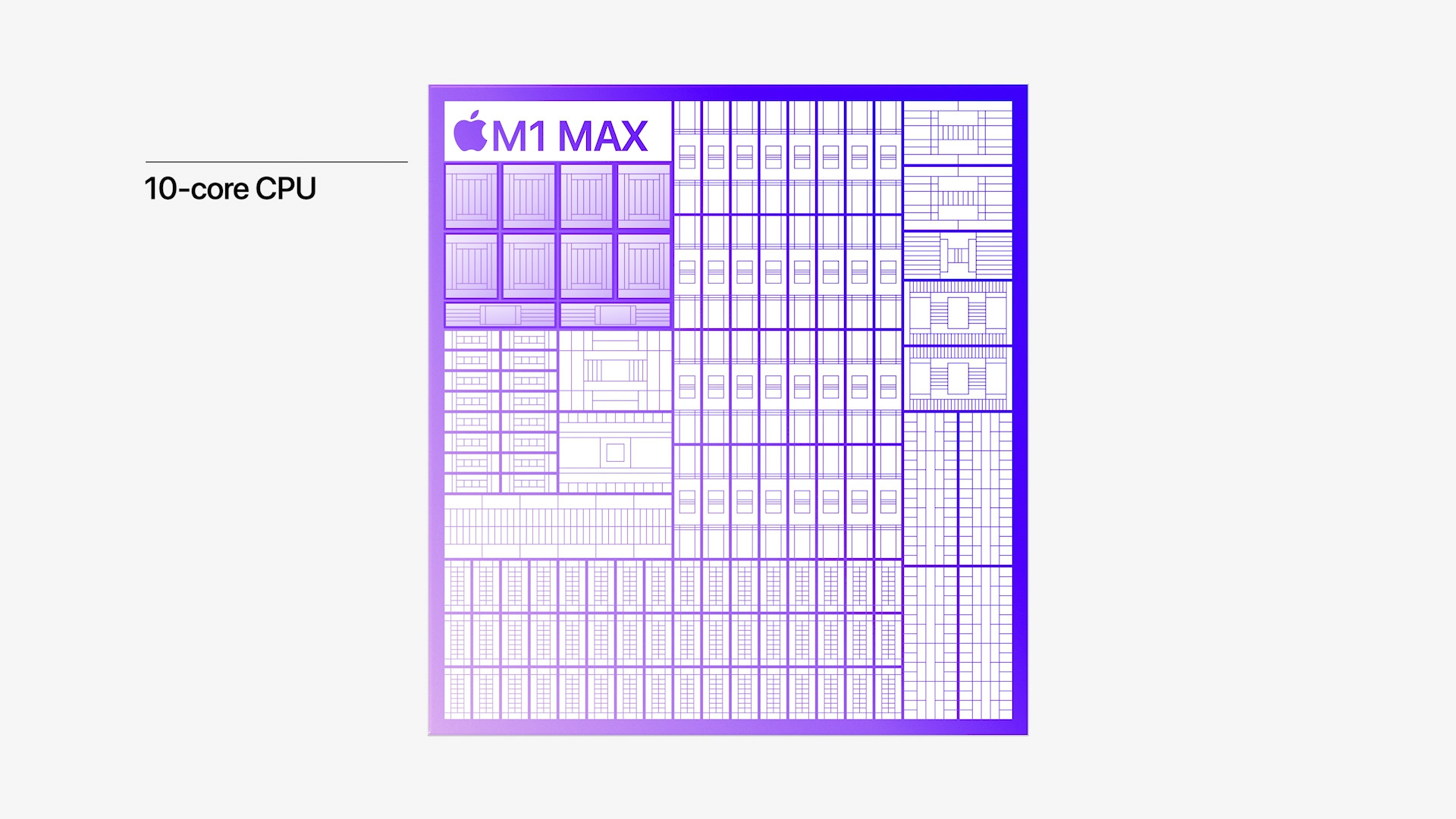

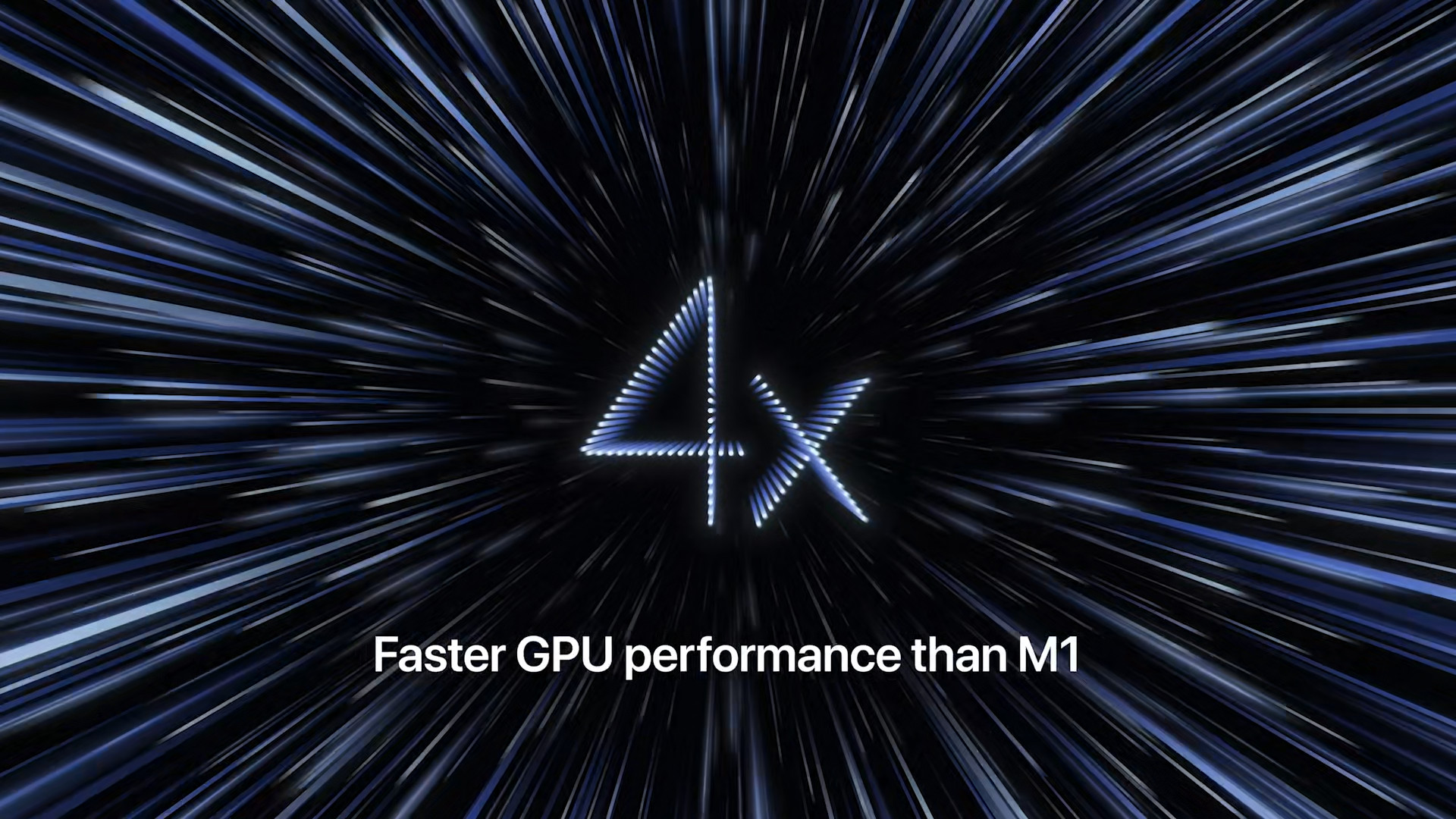
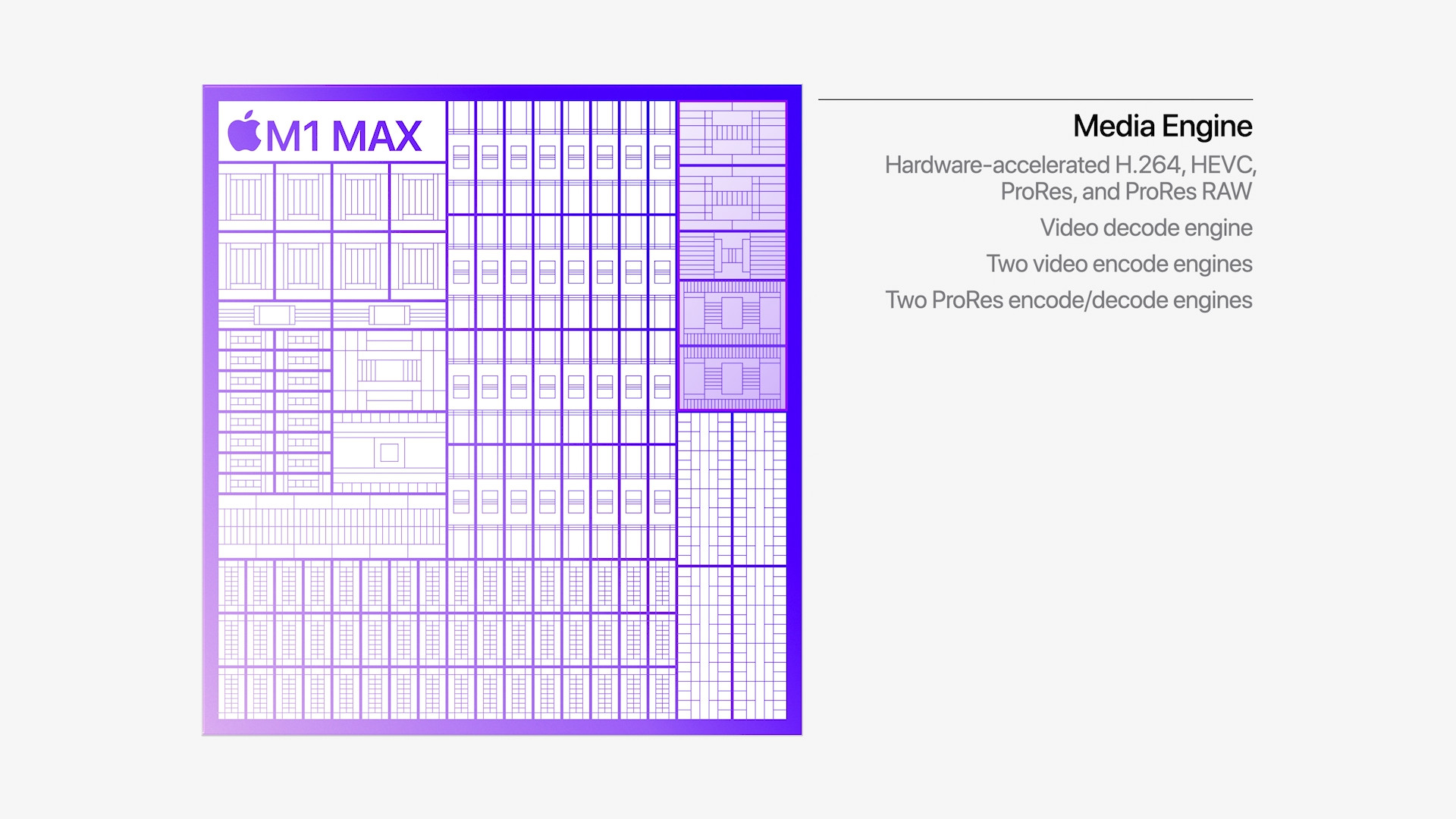
The problem with those intel processors is that in this "benchmark" mode, when they run at full power, they last only a limited time, because then they overheat and have to reduce the frequency. And the fans make you crawl like in a ship's engine room.
A benchmark is not the same as real long-term use.
I played Metro Exodus on the M1 chip. Challenging game like crazy and it went in FullHD for higher details. This is just absolutely incredible. It's a shame that there aren't more native games for macOS, and Apple sent more than two-thirds of them away when it switched to a 64-bit architecture only, but I understand that they had to do it when it was already clear that there would be something like Apple Silicon.